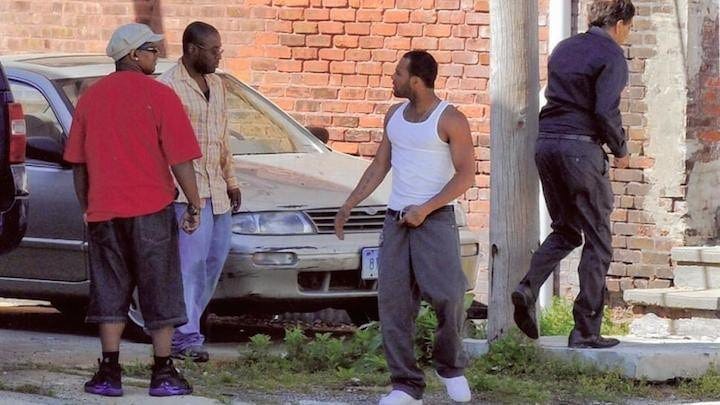‘The Newburgh Sting’ Review: A Living Room Doc About Exploited Fools Turned Terrorists

Although undeniably slanted in its perspective and intentions, The Newburgh Sting is a gray-area documentary. It’s not a good-looking film by any means, but that’s not the reason that it’s a perfect feature for television. No matter your screen size at home, it’s still going to look like a cheap video production. But it’s living room fodder, meaning it’…



